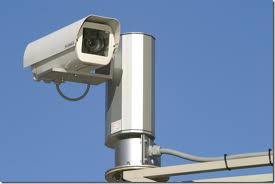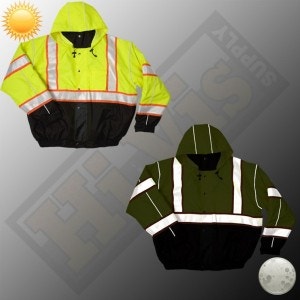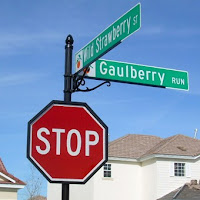Speed Camera Tickets Get Mixed Reviews
- Dec 31, 2012

The State of Maryland seems a little bipolar when it comes to the issue of speed cameras for ticketing.
On one hand, it seems to be working, slowing motorists down in work zones.
In a Frederick News Post article originally published December 17, A review of state data by AAA Mid-Atlantic shows that by the end of November, the state had used mobile speed cameras to hand out more than 365,000 tickets in work zones. But that number was down from nearly 500,000 the year prior, with a significant decrease in highway work zones in general.
John Townsend of AAA noted that crashes, fatalities and injuries are all down since the speed camera program was implemented.
On the other hand, more than 40 percent of all speed camera tickets issued to drivers in Maryland highway work zones have been doled out between 6 p.m. and 6 a.m., times when crews often aren’t on the job, as reported by the Baltimore Sun.
Over 24 hours, the tally rises and falls like a wave. The highest number of tickets was issued between 11 a.m. and noon — nearly 102,000. The low point came between 5 p.m. and 6 p.m., with only 359 tickets for exceeding the speed limit by at least 12 mph.
The numbers don’t surprise Eric Tabacek, division chief in the highway administration’s Office of Traffic and Safety. He says two key factors affect citation volume: congestion and the number of cars on the highway. “Once you get a mix of free flow of a lot of traffic,” he said, “that’s when you get a lot of tickets.” That corresponds with the middle of the day.
Critics have complained that it’s unfair to ticket drivers when job sites are idle. Sen. Jim Brochin, a Baltimore County Democrat, has sponsored legislation to limit enforcement to times when work crews are present. More than 435,000 of the $40 tickets have been issued from 6 p.m. to 6 a.m.
But Laurie Moser is against the bill. In 2007 her husband, state highway worker Richard W. Moser, was fatally struck by a truck while leading a maintenance team near Frederick. She wonders how many deaths the cameras have prevented and has no sympathy for speeders.
“The real point is there are people who are consistently breaking the law,” she said in an interview. “Whether they want to acknowledge it, they increase our risk every single day.”

Check out these and other sale items from Hi Vis Supply, through the end of 2012.
The Brilliant Series bomber jacket, from ML Kishigo, offers a distinctive advantage over standard bomber jackets. The jacket features reflective piping on the collar, shoulders, hood and sleeve seams - all offering increased visibility in low light conditions. The reflective piping improves recognition of the wearer by distinguishing their silhouette from the other stationary objects around them. The durable shell is waterproof and is seam sealed for further protection from wet conditions. The 2" wide 3M Scotchlite reflective material is further enhanced by the 3" contrast color striping.
The jacket also utilizes a black bottom design which helps the jacket maintain a clean appearance by incorporating durable, black material in the areas which most frequently become dirty.
The Brilliant Series bomber jacket is good for a wide range of weather conditions because it includes a removable black quilted liner. The jacket also includes: hidden collar hood, adjustable cuffs, left chest radio pocket, two outside lower slash pockets with zippers and an inside wallet pocket. Available in both high visibility Lime and Orange; sizes M-5XL. ANSI/ISEA 107 Class 3 compliant.





